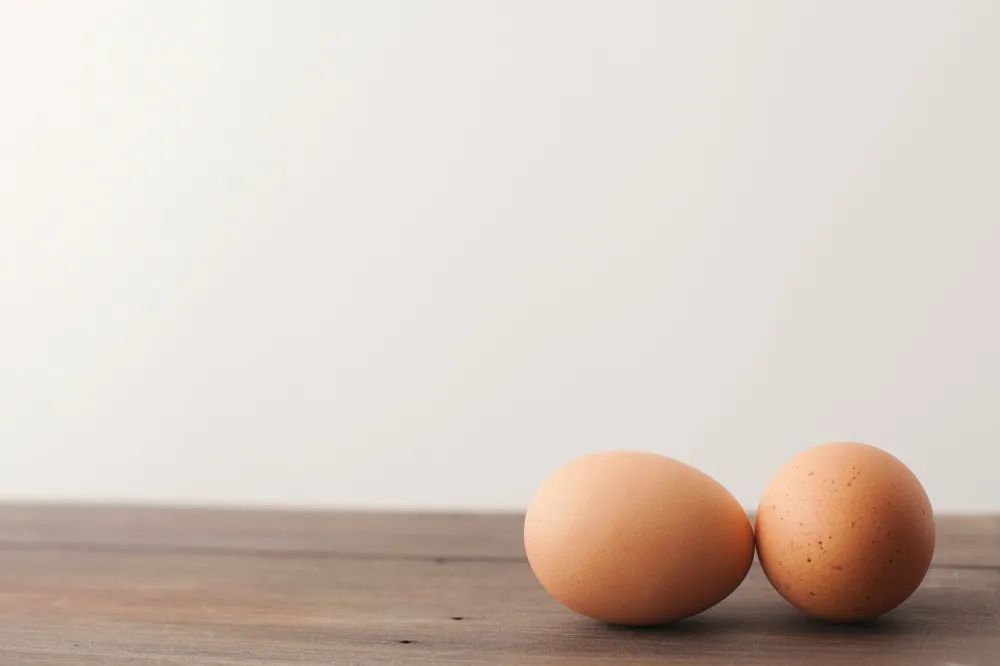
Are We Hunting for Eggs Year-Round Now?
April 2023
by stephanie hobby
The coming of Easter is typically a time when egg sales soar, prompting even non-egg eaters to purchase a carton to decorate. But this year, the ever-increasing costs and scarcity lead some people to joke that they’ll be dying potatoes for their festivities instead.
You're not alone if you’ve been hunting for eggs all year but coming up empty. Eggs are scarce right now. And when you find eggs at the store, the sticker shock is real. According to the U.S. Bureau of Labor, the Consumer Price Index for eggs was 250 percent higher in January of this year, when eggs sold at an average price of $4.82 per dozen, than the $1.93 average in January 2022. Moreover, costs continue to climb, outpacing inflation.
So, what’s to blame?
In short, supply and demand. According to Montana State Veterinarian Martin Zaluski, a Highly Pathogenic Avian Influenza (HPAI) has wreaked havoc on poultry operations nationwide since the spring of 2022. By February of this year, nearly 60 million chickens in 47 states had been affected. Unfortunately, most of them are the layer chickens supplying the nation’s eggs.
During the most recent previous outbreak in 2015-’16, nearly 50 million chickens in 40 states had to be euthanized. Wild birds are typically spared of the disease, but this year has been different, and wild birds are falling ill and dying. “The amount of virus that we’re seeing is more widespread and seems to be more infectious,” Zaluski said, adding that degrees of infectiousness are difficult to prove. In 2015, there were only two documented cases of avian flu in Montana; as of February of this year, 17 facilities have been affected, with the majority being smaller backyard operations.
When an operation is infected, it’s common to depopulate the affected flock. While unfortunate, euthanasia limits the circulating virus, honors trade agreements to keep markets open and safe, minimizes the risk of such a virus mutating to affect humans, and is humane. “Why would you want an infected barn to suffer over weeks, with fatality rates ranging from 80-90 percent?” Zaluski asked.
We haven’t seen a correlating rise in the price of chicken, largely because a meat bird takes two or three months to reach a marketable weight, while layer chickens take closer to five or six months to start producing, so the lag time for layer birds is more significant.
Unfortunately, wild birds are significant spreaders of this virus. “Every case of HPAI in Montana has had a pretty strong tie to wild birds, and in most cases, waterfowl, which are particularly risky. So any efforts or actions that provide some firewall or separation between wild birds and domestic poultry would be really helpful,” said Zaluski, adding that tight netting, keeping birds inside, changing shoes and clothing when going into the poultry barn, and not sharing birds with neighbors all help to reduce risks.
The encouraging thing about this round of HPAI is that those biosecurity measures have been effective. Many new cases of the 2015 avian flu were caused by infection from another poultry facility. “Contrast that with 2022, where the numbers are much more encouraging. The majority of premises affected are actually through new introductions from wildlife versus a breakdown in biosecurity from a neighbor, wind, or whatever,” Zaluski said. The virus is believed to spread primarily through bird droppings or saliva if wildlife can access your bird feeder.
Sadly, other animals can also be infected with HPAI. According to Montana Fish, Wildlife and Parks, last fall, three grizzly bears had to be euthanized after exhibiting neurological symptoms, including disorientation and partial blindness and were found to have HPAI. The virus has been found elsewhere in raccoons, black bears, and coyotes.
Even though things look grim right now, viruses constantly mutate, and the threat of this strain won’t go on forever. Egg prices will likely stabilize soon, although spring usually brings another spike as wild birds migrate to their summer homes, so we’re not totally out of the woods yet.
When you eventually find eggs, take a moment to appreciate the remarkable structure of this kitchen staple. For one thing, the phrase “walking on eggshells” doesn’t have any basis. The shells are primarily made of calcium carbonate, and the shape can support a surprising amount of weight. According to a demonstration at Harvard University, a single egg can hold up to 250 pounds! If you’re skeptical, try it. Leave one egg in the carton, and cut a piece of a foam block to fit around the top of the egg. Glue this to a paper plate, center it on the egg, and start piling books on it. Or surprise a child by asking them to stand barefoot on an open container of eggs and see how they hold up. Invite your family to marvel at these amazing structures the next time you’re cracking eggs in the kitchen. There are many science projects online to do with eggs - Google “Steve Spangler’s Folding Egg” for an entertaining demonstration.
Originally printed in the April 2023 issue of Simply Local Magazine
Never miss an issue, check out SLM's digital editions here!





